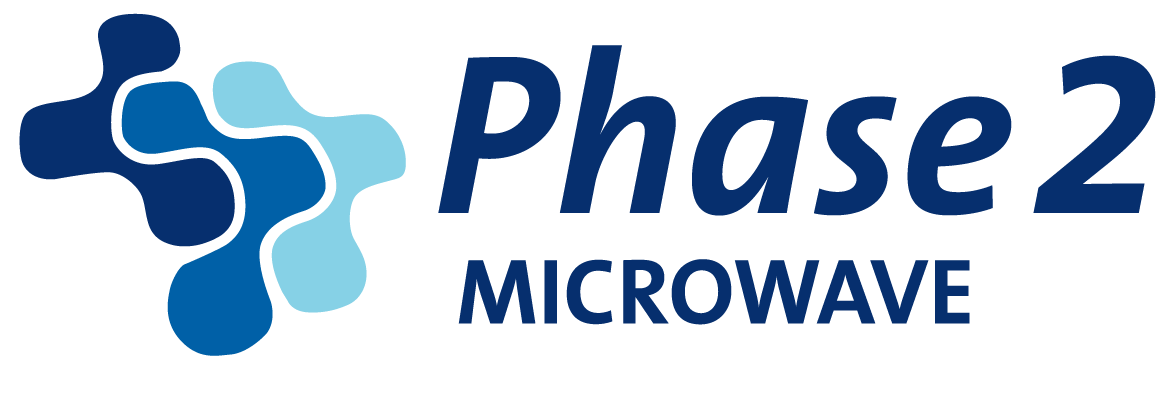 Radar heritage
Radar heritage
Continued advances in computer technology in the 1990s allowed increased information about the nature of targets and the environment to be obtained from radar echoes.
The introduction of Doppler weather radar systems (as, for example, Nexrad), which measure the radial component of wind speed as well as the rate of precipitation, provided new hazardous-weather warning capability.
Terminal Doppler weather radars (TDWR) were installed at or near major airports to warn of dangerous wind shear during take off and landing. Unattended radar operation with little downtime for repairs was demanded of manufacturers for such applications as air traffic control. HF over-the-horizon radar systems were operated by several countries, primarily for the detection of aircraft at very long ranges (out to 2,000 nautical miles [3,700 km]).
Space-based radars continued to gather information about the Earth’s land and sea surfaces on a global basis. Improved imaging radar systems were carried by space probes to obtain higher-resolution three-dimensional images of the surface of Venus, penetrating for the first time its ever-present opaque cloud cover.
Advances in digital technology in the first decade of the 21st century sparked further improvement in signal and data processing, with the goal of developing (almost) all-digital phased-array radars. High-power transmitters became available for radar application in the millimeter-wave portion of the spectrum (typically 94 GHz), with average powers 100 to 1,000 times greater than previously.
Phase2 Microwave work closely with a number of institutions and organisations to help them develop the next generations of Radar.
Recent Projects
Phase2 Radar
Microwave has specialised in the design and production of high power filters and couplers of which many are for the Radar market.
Both waveguide and coaxial filters are supplied.
The waveguide bandpass filters all use full height or over-height guide without internal tuning screws to maximise the power handling.
Waveguide lowpass filters use sinusoidal corrugations to provide large internal gaps which again maximise power handling.
The breakdown capability of the filters can be accurately calculated and the designs often allow operation without the use of SF6.
Loop couplers which can handle these high powers have been developed, to allow signal monitoring, for all bands. Couplings are typically 40 to 50dB.
Weather Radar
Following recent ITU and ECC recommendations all weather radars need to limit their out of band spurious emissions Phase2 Microwave has developed bandpass and lowpass filters which allow operators to meet those requirements.
We also supply many low-power Pre-LNA filters for receiver protection.
Products, Service & Capabilities
X Band
- Bandpass and Lowpass filters are available in the 9.3 to 9.6GHz band for powers up to 100kW peak (dry air at +400mB)
C Band
- Various Bandpass and Lowpass filters are available in the 5.4 to 5.7GHz band for powers up to 500kW peak (dry air +400mB)
S Band
- Bandpass and Absorptive Lowpass filters are available for powers above 1MW peak.
Military Radar
- Phase2 Microwave can supply radar filters from 1 to 50GHz but has concentrated on 2.7 to 3.1GHz S Band components.
- Standard waveguide Bandpass filters and absorptive lowpass fliters are available for high power surveillance radars.
The use of the 2.5 to 2.69GHz LTE Band by cellular operators interferes with the S Band radar receivers and has stimulated a major redesign of the filtering requirements.
Phase2 Microwave provide a large number of coaxial filters for the transmit and receive chains of phased array radars, handling powers up to 2.8kW peak.
Case Studies
Q1163 - C Band Waveguide Combiner System

Our customer required 4 different Waveguide Combiners
for a Doppler Weather Radar system, all these combiners
had there own unique challenges.


